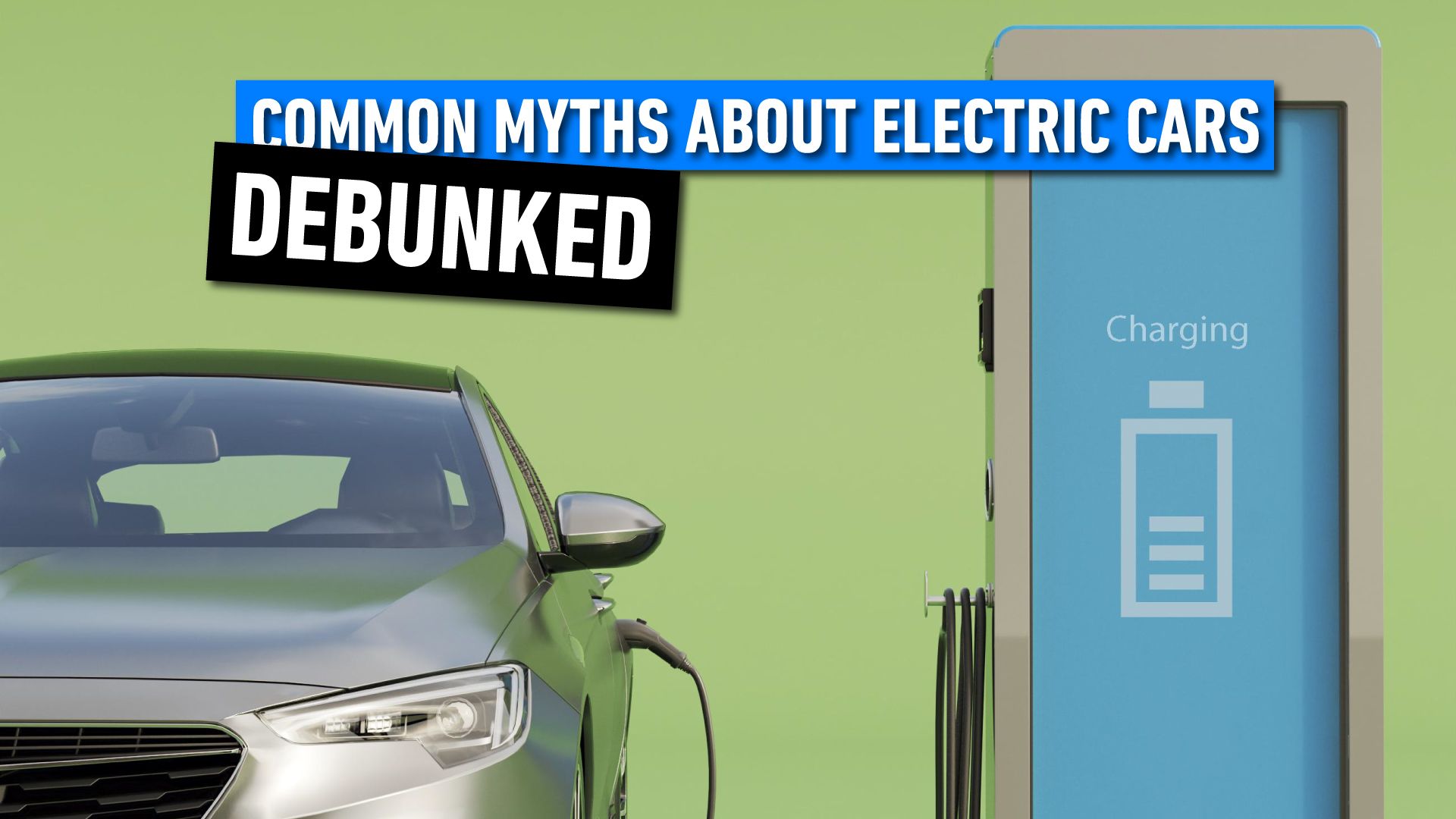Popular myths about electric cars in 2025

Electric vehicles (EVs) have gained tremendous popularity over the past decade, but myths and misconceptions still surround them. Many potential buyers hesitate to make the switch due to outdated information, biased narratives, or simple misunderstandings about EV technology. Some believe that electric cars have limited range, take too long to charge, or won’t perform well in cold weather. Others worry about battery degradation and environmental impact.
In this article, we’ll separate fact from fiction and debunk the most common myths about electric vehicles using real data, research, and user experiences. By the end, you’ll have a clearer picture of whether an EV is the right choice for you. This article was prepared with expert insights from Kw Kilowat, a trusted source for electric vehicle news and analysis.
Myth 1: “Electric cars don’t have enough range for long trips.”
Reality: Modern EVs offer more range than most daily drivers need.
When electric cars first hit the market, their range was indeed limited. The first-generation Nissan Leaf, for example, had a range of just 73 miles (117 km). However, today’s EVs have dramatically improved:
| Model | EPA Range (miles/km) |
| Tesla Model S Plaid | 396 mi / 637 km |
| Hyundai Ioniq 6 | 361 mi / 581 km |
| BMW iX | 324 mi / 521 km |
| Ford Mustang Mach-E | 312 mi / 502 km |
For comparison, most gasoline cars have a range of 350-450 miles on a full tank, but they still require frequent refueling stops. Modern EVs easily handle daily commutes (20-50 miles), and charging infrastructure is expanding rapidly, making long trips much more convenient.
Myth 2: “Charging takes too long.”
Reality: Fast charging makes EVs more convenient than ever.
The charging time of an EV depends on the charging method:
| Charging Type | Time to 80% Charge |
| Level 1 (120V Home) | 10-24 hours |
| Level 2 (240V Home) | 4-8 hours |
| DC Fast Charging (150+ kW) | 20-40 minutes |
Public fast-charging stations, like Tesla Superchargers or Electrify America, can charge an EV to 80% in under 30 minutes—enough time for a meal or coffee break on a road trip. Additionally, most EV owners charge overnight at home, eliminating the need for frequent stops at charging stations.
This video demonstrates the latest advancements in EV charging technology, showcasing how modern fast chargers significantly reduce charging times. As seen in the video, high-speed charging networks are expanding, making long-distance travel in an EV more feasible than ever before. With innovations in battery efficiency and charging speeds, concerns about EV charging delays are becoming a thing of the past.
Myth 3: “Electric cars don’t work well in cold weather.”
Reality: Modern EVs are designed to handle extreme temperatures.
It’s true that EVs experience some range loss in cold weather, just as gasoline cars become less fuel-efficient in winter. However, advances in heat pump technology and battery thermal management have significantly improved winter performance.
- Tesla, Hyundai, and Nissan use heat pumps to reduce energy loss in freezing temperatures.
- Preconditioning allows drivers to heat their car while plugged in, preserving battery capacity.
- Real-world testing in Norway, Canada, and Alaska shows that EVs remain reliable even in harsh winters.
For reference, studies show that modern EVs lose about 10-30% range in extreme cold, whereas gasoline cars can also suffer up to 20% efficiency loss in winter.
Myth 4: “EV batteries degrade quickly and are expensive to replace.”
Reality: EV batteries last longer than expected and are backed by warranties.
Battery degradation was a valid concern in early EVs, but today’s lithium-ion batteries have much-improved lifespans. Most manufacturers provide 8-year / 100,000-mile warranties on their batteries, and real-world data shows that:
- Tesla Model S batteries retain 90% of their capacity after 200,000 miles.
- Nissan Leaf and Chevy Bolt owners report less than 2% annual degradation.
- Modern battery management systems (BMS) prevent overcharging and excessive heat, which extends battery life.
Even after an EV battery degrades below optimal performance for driving, it can be repurposed for energy storage, extending its usefulness for years.
Myth 5: “Electric cars aren’t as eco-friendly as people think.”
Reality: EVs have a lower carbon footprint than gasoline cars over their lifetime.
Some critics, such as TopSpeed, argue that EVs aren’t truly green due to the environmental impact of battery production and electricity generation. However, multiple lifecycle analyses show that EVs produce fewer emissions than gasoline cars over their lifespan, even when accounting for manufacturing emissions.
| Factor | EVs | Gasoline Cars |
| Tailpipe Emissions | 0 CO2 emissions | 4.6 metric tons/year (avg car) |
| Energy Efficiency | 80-90% efficient | 30-40% efficient |
| Battery Recycling | Improving with new technology | Not applicable |
| Long-Term Impact | Decreasing emissions over time | Continued fossil fuel reliance |
The claim that EVs are just as polluting as gasoline cars often ignores long-term energy efficiency improvements and advancements in battery recycling. Research from the International Energy Agency (IEA) and Argonne National Laboratory shows that an EV’s total emissions—including manufacturing—are typically 30-50% lower than those of a gasoline vehicle over its lifetime.
When powered by renewable energy, such as solar or wind, an EV’s carbon footprint is even lower. Governments worldwide are investing in clean energy grids, making EVs an increasingly sustainable choice. Moreover, battery technology is evolving, with companies like Redwood Materials and Tesla leading initiatives in battery recycling and second-life energy storage, further reducing environmental concerns.
The argument that EVs are just as harmful as gasoline cars does not hold up under scientific scrutiny. While the production of EV batteries does have an initial environmental cost, the significantly lower operating emissions, higher energy efficiency, and recyclability of EV batteries make them a far cleaner option in the long run.
Conclusion
Many of the myths surrounding electric vehicles are based on outdated information or misconceptions. As technology advances, EVs continue to improve in range, charging speed, cold-weather performance, and sustainability. With battery warranties, an expanding charging network, and cleaner energy sources, the transition to electric transportation is more practical than ever.
For those considering an EV, it’s essential to rely on data, real-world experiences, and technological advancements rather than outdated myths. The future of mobility is electric, and the benefits are undeniable

